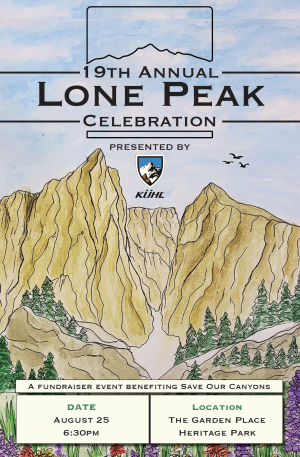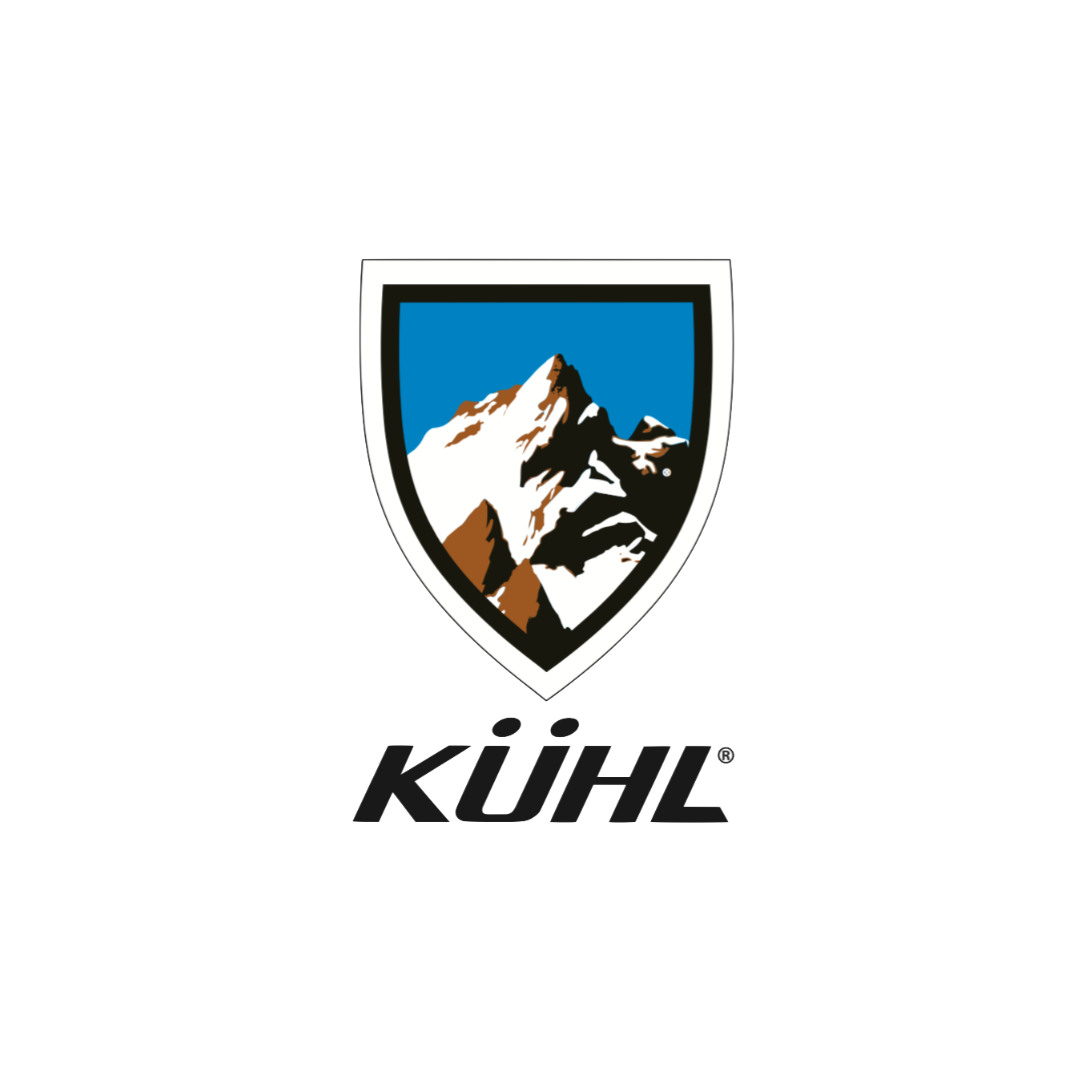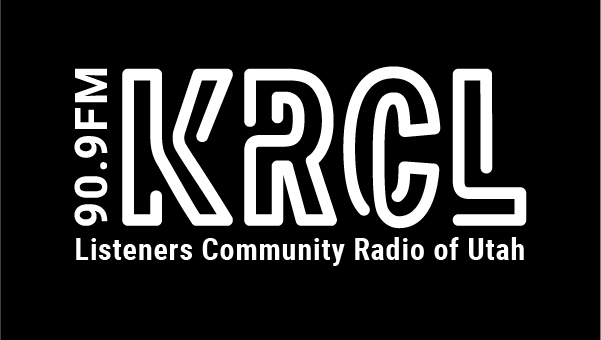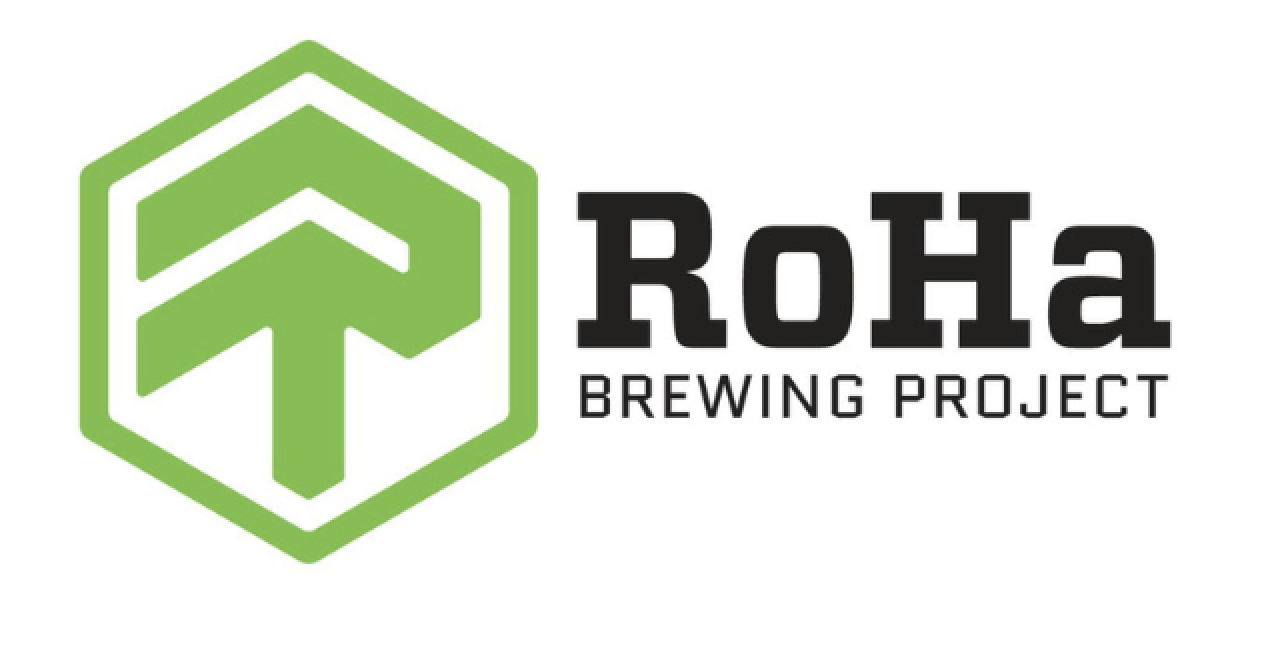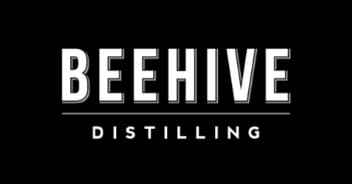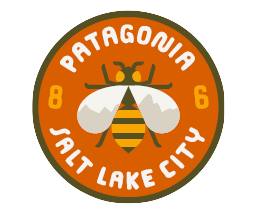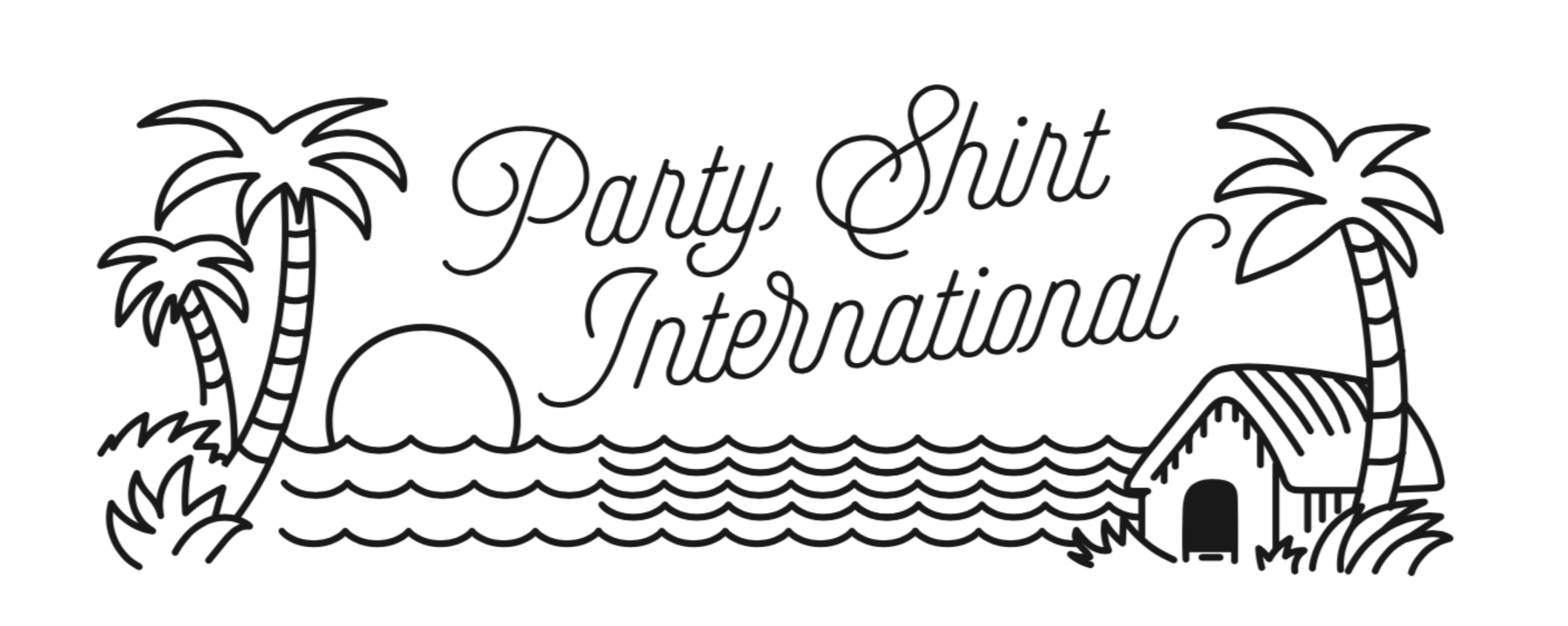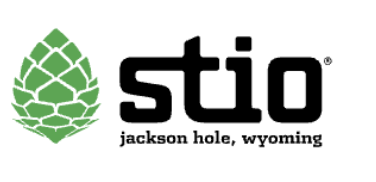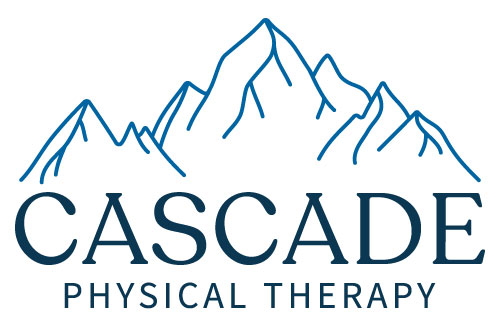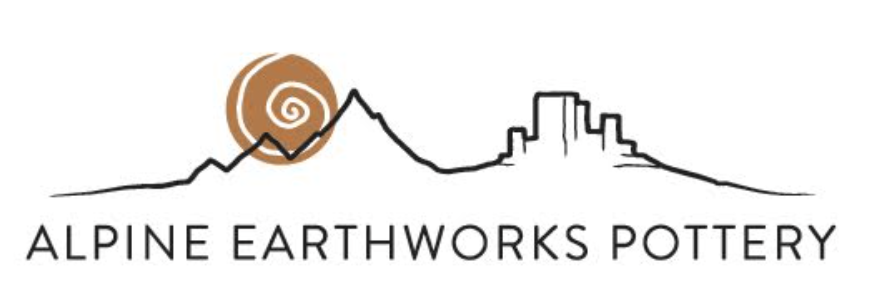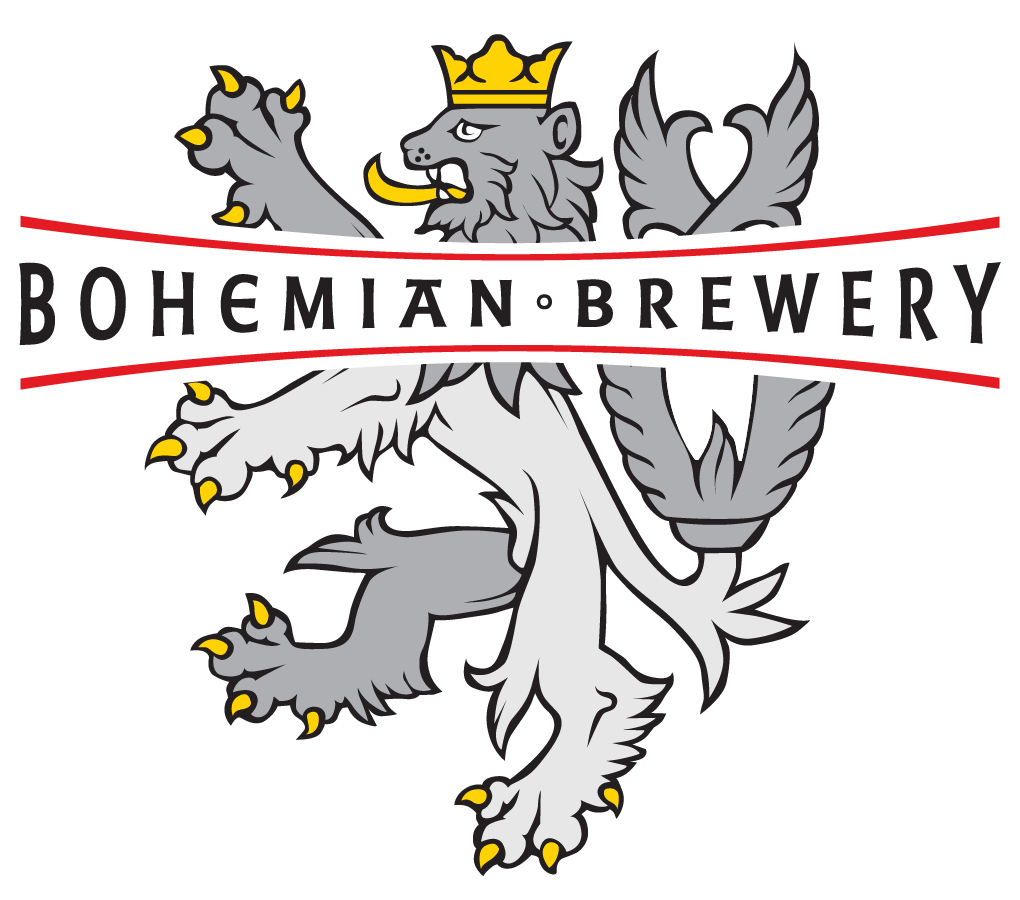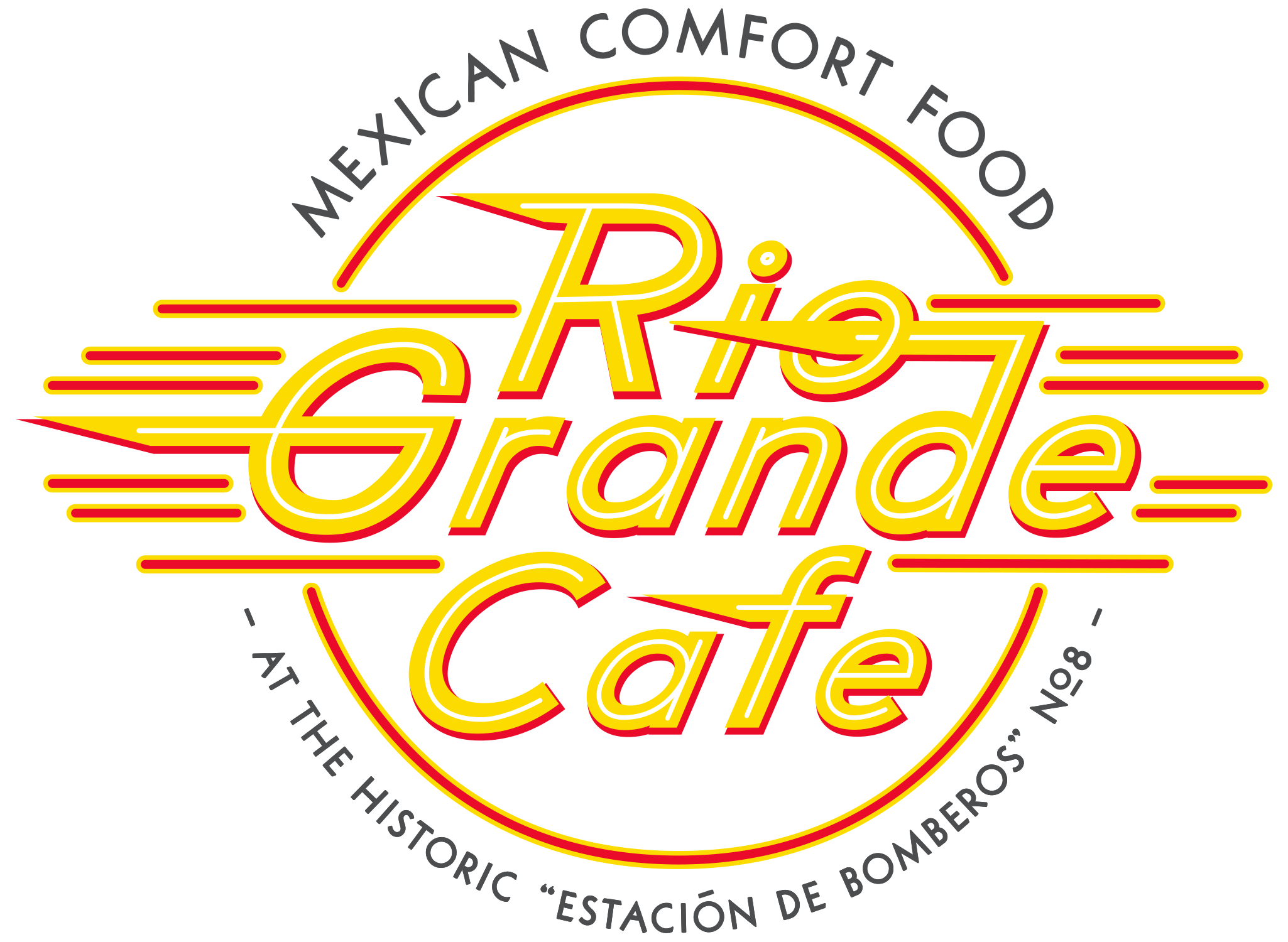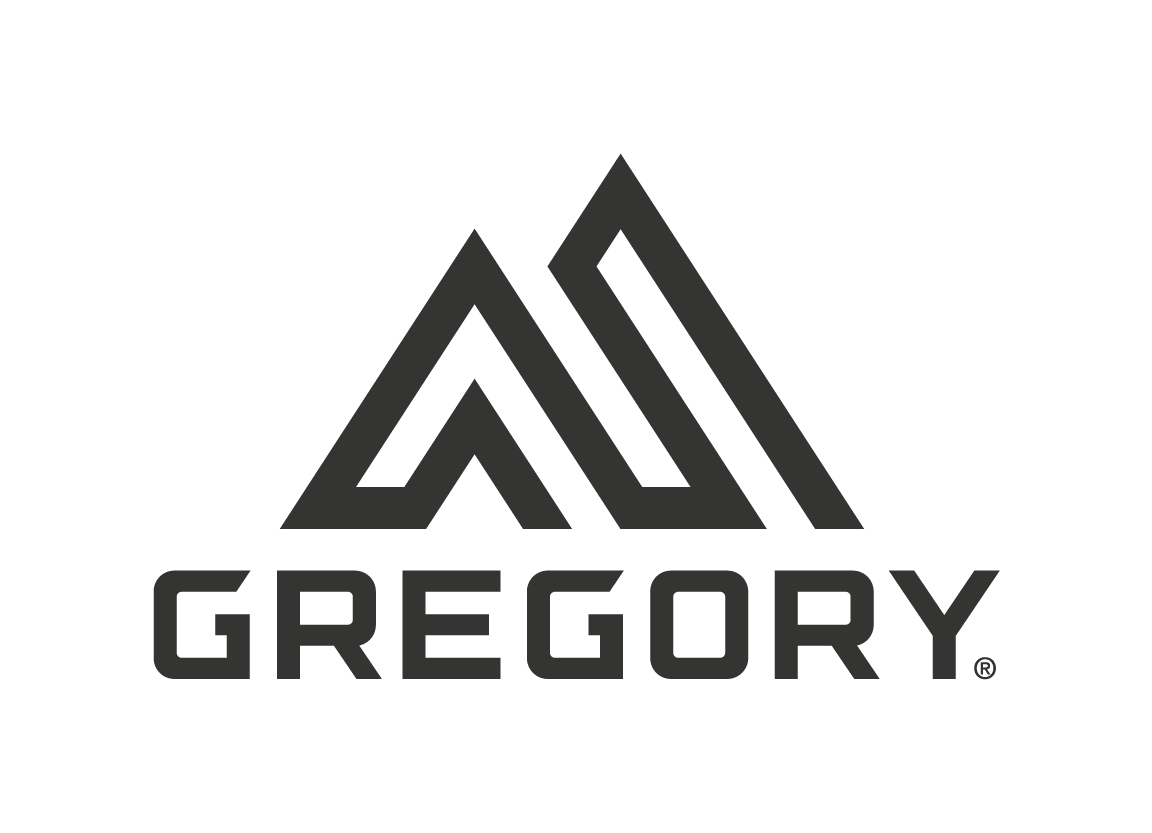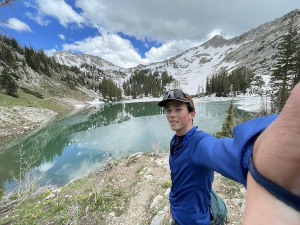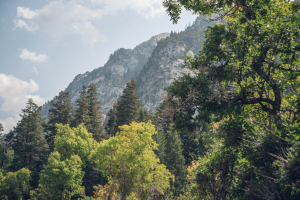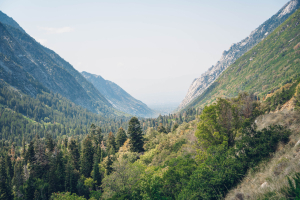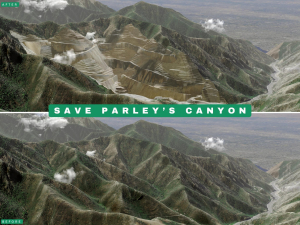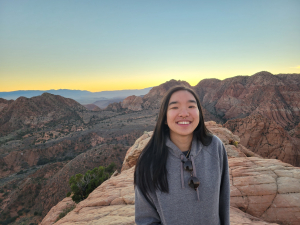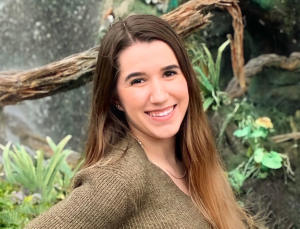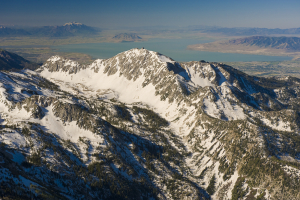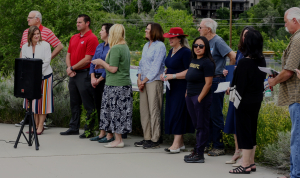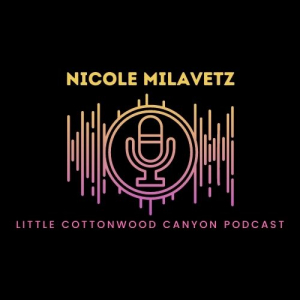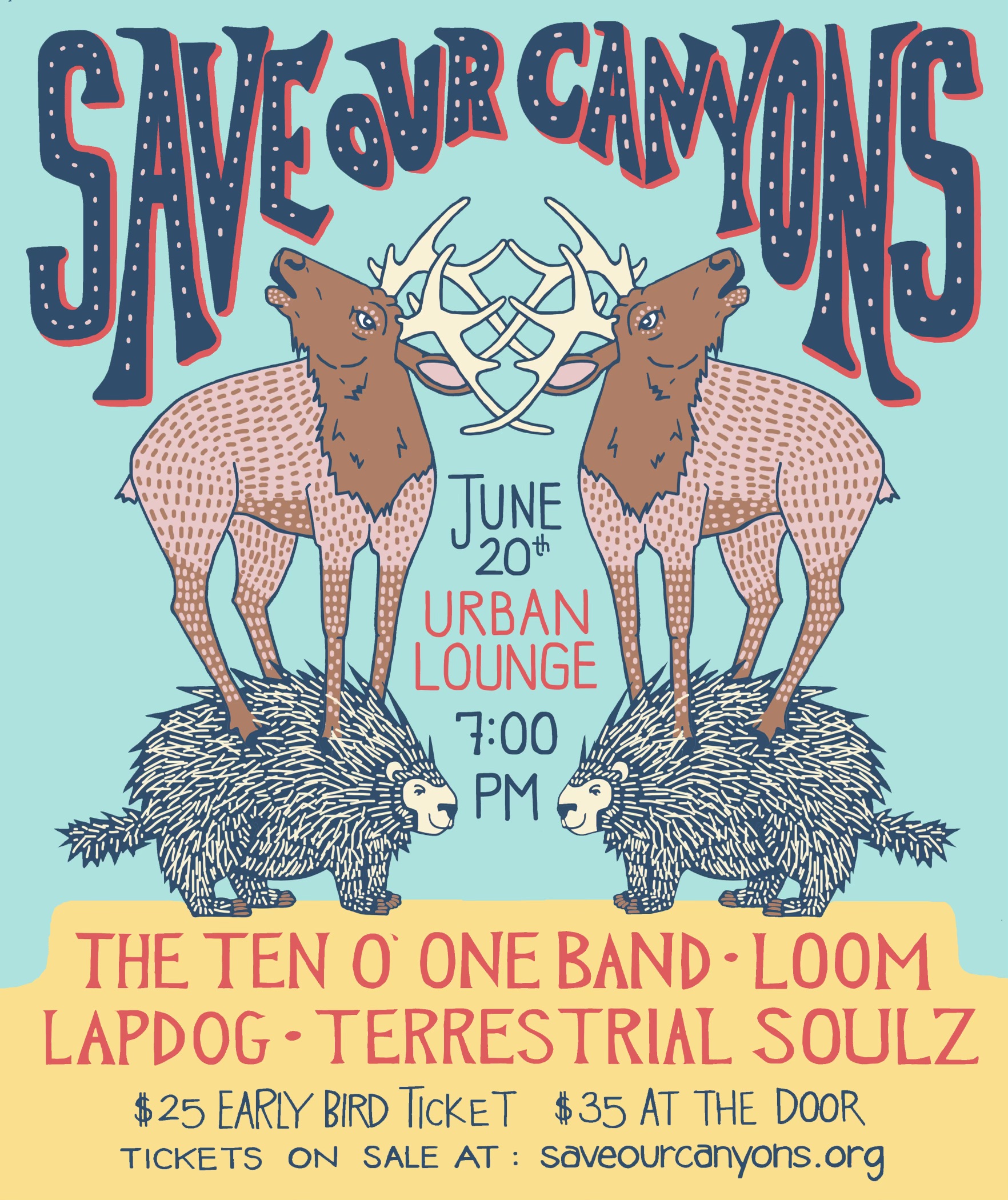Grace Tyler
19th Annual Lone Peak Celebration
BUY TICKETS
We're excited to unite around the Wasatch Mountains during our 19th Annual Lone Peak Celebration presented by KÜHL.
Right now, the best way you can help protect the Wasatch is by supporting Save Our Canyons. We need financial support to continue fighting for the protection of Little Cottonwood Canyon, Parley’s Canyon, and beyond.
Our 19th Annual Lone Peak Celebration on August 25 is an amazing opportunity to support the work we're doing! All revenue that Save Our Canyons makes during this event will be used to continue our efforts in stopping the gondola in Little Cottonwood Canyon and the proposed mining operation in Parley’s Canyon, along with much more.
YOUR TICKET INCLUDES:
- Heavy hors d’oeuvres provided by Utah Food Service
-
Stuffed Mushrooms
-
Grilled And Chilled Vegetable Presentation
-
Antipasto Platter
-
Fresh Fruit Presentation
-
Warm Skewers: Sweet & Spicy Honey Citrus Glazed Chicken
-
Crab Cakes
-
- Live music from SYNKÕFA
- Your choice of craft cocktails provided by Beehive Distilling, beer provided by RoHa Brewing Project, wine, coffee/decaf/tea, and other non-alcoholic drinks
- Save Our Canyons: gin, lime juice, muddled basil, simple syrup, club soda / lime & basil leaf garnish
- Lone Peak: vodka, blackberry puree, ginger beer, lime juice / mint & lime wedge garnish
- Wasatch Wilderness: whiskey, grapefruit juice, honey syrup / orange wheel garnish
- Access to an incredible silent auction
- An opportunity to have shirts, bags, and more live printed by The HexPress
- All proceeds supporting the protection of the Wasatch Mountains
Event Details
- August 25 at 6:30 pm
- The Garden Place at Heritage Park (2601 Sunnyside Ave S, Salt Lake City, UT 84108)
Sam Werstak
Join Our Team
Roadless Rule 101
On March 17th, the Utah Department of Transportation (UDOT) announced a new public comment period ending on April 18th regarding two new “Supplemental Information Reports” for the proposed gondola up Little Cottonwood Canyon (LCC), along with other Final Environmental Impact Statement (EIS) alternatives. The first report assesses whether the gondola would be exempt from the 2001 Roadless Area Conservation Rule (RACR) and its potential impacts on inventoried roadless areas. The second report provides another air quality analysis. Before submitting a comment to UDOT, it’s incredibly important to understand what a roadless area is, the history of the 2001 Roadless Area Conservation Rule (also known as the Roadless Rule), and the connection between the gondola in LCC and the Roadless Rule.
Check out the following interactive map to see how the proposed gondola system would pass through three roadless areas.
What are roadless areas and why are they important?
In 2001, the US Forest Service took inventory of roadless areas for their potential to be designated as an “Inventoried Roadless Area” (IRA). This designation prohibits road construction, road reconstruction, and timber harvesting in these areas. The Roadless Area Conservation Rule covers nearly 60 million acres of national forests, 4 million of which are in Utah’s national forests.
So how does a forest receive “inventoried roadless area” protections? It can be based on size (at least 5000 acres) or location (sharing a border with a Wilderness Area). Many popular areas in the Wasatch are protected under the Roadless Rule. If you’ve been to White Pine Lake, Rock Canyon, or Mount Timpanogos via the Timpooneke trailhead, you were trekking through protected roadless areas!
The Forest Service limited road construction in these areas because of its negative impacts, such as habitat fragmentation and degradation, reduced water quality for wildlife and human uses, increased erosion and slope instability, and increased human disturbances in remote areas (such as an increase in human-caused fires).
Little Cottonwood Canyon contains the White Pine IRA and portions of the Twin Peaks and Lone Peak IRAs. These areas provide important ecosystem services and recreation opportunities with limited to no permanent road disturbance. They are prime habitats for bears, elk, eagles, and other unique animal and plant species. In short, these roadless areas possess tremendous ecological and social value that are increasingly rare as the Wasatch faces rapid development.
What is the difference between inventoried roadless areas and Wilderness areas?
If you’ve been up Little Cottonwood Canyon, you may have seen the brown Forest Service signs for Twin Peaks Wilderness and Lone Peak Wilderness. This may lead you to question, what’s the difference between roadless areas and Wilderness areas?
Designated Wilderness areas receive the government’s highest level of land protection under the Wilderness Act of 1964. This Act created a National Wilderness Preservation System and sought to preserve areas where “the earth and its community of life are untrammeled by man, where man himself is a visitor.”
Inventoried roadless areas, on the other hand, are typically the undeveloped areas of national Forests that are either 5,000 acres or larger or bordering a Wilderness area. They provide clean drinking water and large, relatively undisturbed habitat for populations of threatened and endangered species. These areas preserve biological diversity and provide opportunities for dispersed outdoor recreation amidst a rapidly urbanizing landscape.
Before an agency can recommend an area of land to be designated Wilderness, it must first be inventoried roadless. So all Wilderness areas are roadless, but not all roadless areas are Wilderness. For example, Twin Peak, Lone Peaks, and Mount Olympus are all designated Wilderness areas AND protected by the Roadless Rule, whereas White Pine is not a designated Wilderness area but is still protected by the Roadless Rule.
Why did UDOT release additional reports and open another comment period?
During the EIS process, UDOT failed to fully examine the impacts of the Roadless Rule. The proposed gondola system would situate towers, angle stations, snowsheds, and the clearing of vegetation within one of the Wasatch’s most protected areas, impacting not just one, but three roadless areas in Little Cottonwood Canyon: Twin Peaks, Lone Peak, and White Pine Roadless Areas.
UDOT claims the construction of a gondola is exempt from the Roadless Rule because it isn’t a road for motor vehicles, and that any associated timber cutting and removal would be incidental. It says the snowshed may be exempt because it would promote safety against avalanche hazards. The Forest Service will make the final decision in its Record of Decision for the SR210 (road going up LCC) project.
The process that UDOT is undertaking is a National Environmental Policy Act (NEPA) process and involves transportation analysis for the SR210 highway. Even if the gondola system isn’t defined as a road, it would be built for highway purposes and is thereby inconsistent with the Roadless Rule and the 2003 Wasatch-Cache National Forest Plan.
The roadless rule, in contrast with the Wilderness Act, allows for some types of disturbances. However, we believe it is a poor interpretation that is likely to be challenged to suggest the gondola system (towers, snow sheds, angle stations and timber removal) is exempt from the Roadless Rule. These areas have environmental values (e.g. watershed, views, dispersed recreation, timber, vegetation, and habitat) that are mandated to be protected under Roadless Rule and are inherent to Little Cottonwood Canyon, which UDOT’s preferred alternative would destroy.
Learn more:
 Comment to UDOT on Roadless Rule Supplemental Information Report (March 2023)
Comment to UDOT on Roadless Rule Supplemental Information Report (March 2023) - Forest Service Inventoried Roadless Areas (IRAs)
- This isn’t the first time the roadless rule has been challenged in Utah. Learn about the state of Utah’s 2018 petition to manage roadless areas. State of Utah's 2018 petition to manage roadless areas
- Interactive LCC Gondola Visualization
- UDOT's Supplemental Information Report: Assessment of the Roadless Area Conservation Rule for the Final EIS Alternatives
- 2003 Forest Plan for the Wasatch-Cache National Forest
Protect Parley’s Canyon
Protect Parley's Canyon. We need you to sign the petition to Tree Farm LLC, Jesse Lassley, and Granite Construction (GVA) advocating for the protection of the Wasatch Mountains.
Crystal Chen
Katie Balakir
Vision for Salt Lake City's Bid to Host the 2030 Olympic Games
Salt Lake City will set a new, positive standard for how an Olympic Games is run and show the world that embracing the values of inclusion, fairness, and sustainability can enhance the popularity and impact of a major sporting event. The Organizing Committee will enter and be held accountable to a Community Benefits Agreement including the following sections:
Housing
Housing built or renovated for the Games will be affordable, equitably dispersed, accessible, and energy efficient.
Jobs
Everyone employed to help prepare for the Games or employed during the Games will be paid a living wage. Construction contracts will be awarded to licensed and responsible bidders. Efforts will be made to incentivize hiring local residents, women, people of color, and people with disabilities. Transportation. Investments in public transportation will be made to facilitate less reliance on cars both during and after the Games, with a priority toward projects that will improve air quality and result in heavy resident use, taking into account underserved areas.
Homeless Services
Displacement of low-income residents during the Games will be mitigated by opening one or more temporary housing shelters and expanding the availability of emergency food.
Environment
The Games will strive to achieve net-zero emissions and zero waste, prioritizing use of already-existing infrastructure and venues and holding new buildings to the highest reasonable efficiency standards. The Tri-Canyons of Millcreek, Big Cottonwood and Little Cottonwood Canyons will not be used to host Games events or venues. Environmental accountability will be overseen by an environmental advisory committee.
Civil Rights
The Games will adopt a code of conduct for both government and private security. Surveillance technology used for security purposes during the Games will include transparency and accountability protections and be overseen by a privacy advisory committee.
Affordability
Opportunities will be created for low and middle-income Utah residents to be able to attend some Games events for free or reduced rates. Accessibility. The Games will be welcoming and inclusive for all, with universally accessible venues and events, and disability awareness training for public-facing staff and volunteers.
Transparency
The Organizing Committee will be a model of transparency, making regular meetings open to the public and sharing all documents online. A community advisory board will monitor progress on the Community Benefits Agreement and other community issues.
2030 Vision Statement Endorsing Organizations:
- AFL-CIO
- Better Utah
- Citizens Education Project
- Crossroads Urban Center
- HEAL Utah
- Impact Hub
- League of Women Voters of Salt Lake
- Save Our Canyons
- Utah Building Trades
- Utah Clean Energy
- Utah Coalition of La Raza
- Utahns Against Hunger
- Voices for Utah Children
- Westside Coalition
Media Roundup: The Truth About The Proposed Gondola In Little Cottonwood Canyon. UDOT continues to review their proposed alternatives for transportation in Little Cottonwood Canyon. They have had their hands full due to your action and participation. With over 13,000 comments submitted it is crystal clear that you care about an outcome that is a win not just for resorts, but for year-round visitors to this canyon and the valley residents that depend on its water.
Little Cottonwood Canyon Podcast
The following podcast created by Nicole Milavetz (@nmilavetz) covers the topic of the Utah Department of Transportation (UDOT) Little Cottonwood Canyon Draft Environmental Impact Study (DEIS) featuring Carl Fisher Executive Director of Save Our Canyons and Leadership of Students for the Wasatch (SFW).
SFW is an organization at the University of Utah which was created in response to the proposed gondola that is part of the UDOT DEIS. This group focuses on educating the public and providing opportunities for people to take action.
Video Credit Chris Monte and Lane Aasen
About Nicole Milavetz the creator of the podcast:
Nicole Milavetz is an environmentalist from Salt Lake City Utah. She is a recent graduate from the University of Colorado Boulder with a BA in Environmental Studies and Geography. Nicole is passionate about environmental journalism and podcasting, national parks, public land management, and environmental justice. She currently writes for the Frontline Climate Magazine, which tackles climate change news and top stories, while working to engage the public and spark important conversations about the climate crisis. Nicole hopes to pursue a career in environmental journalism and advocacy, raising awareness about climate change while creating community in the process.
- Nicole Milavetz Instagram: @nmilavetz
- Website: https://muckrack.com/nicole-milavetz-1#
- LinkedIn:https://www.linkedin.com/in/nicole-milavetz-91801021b

